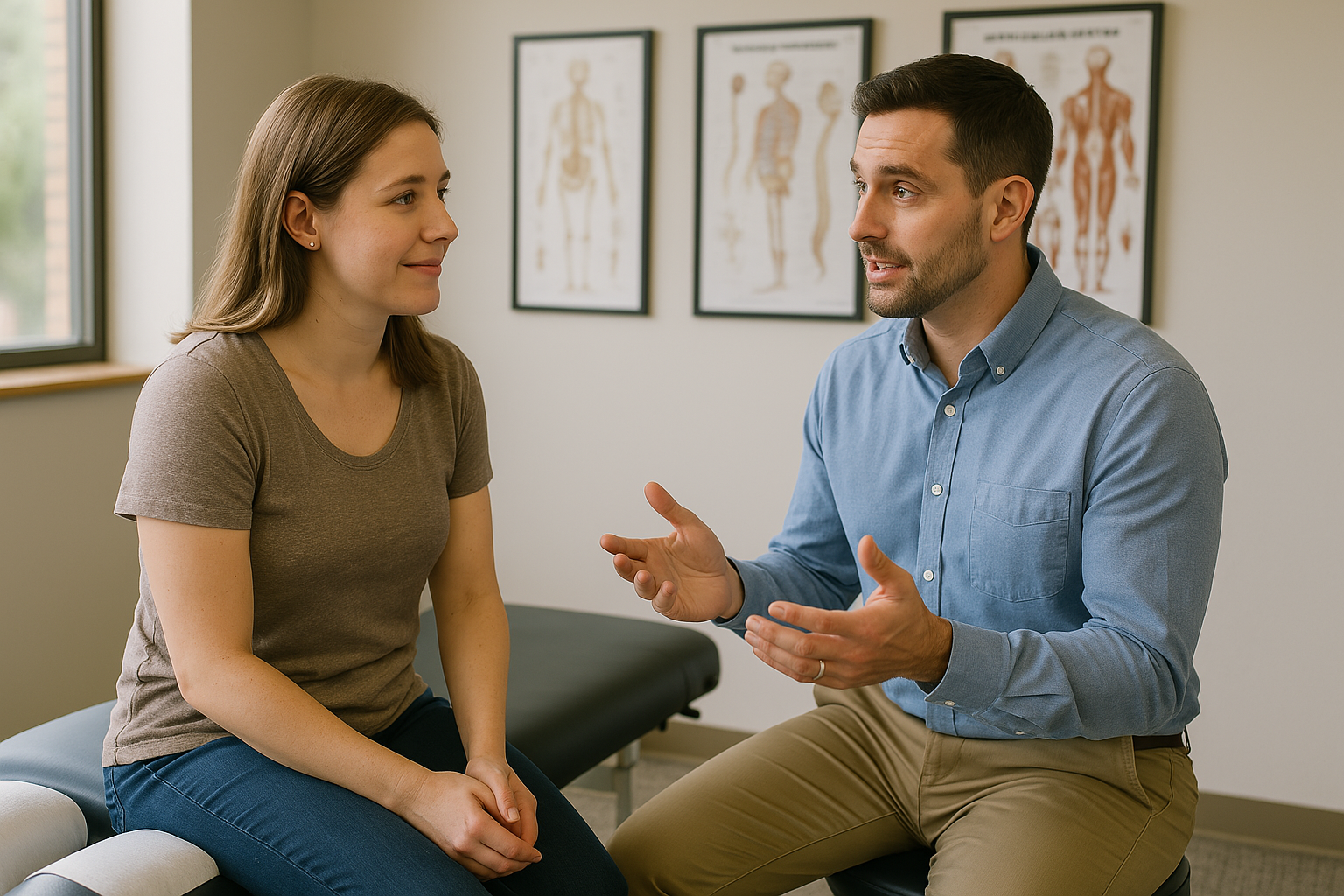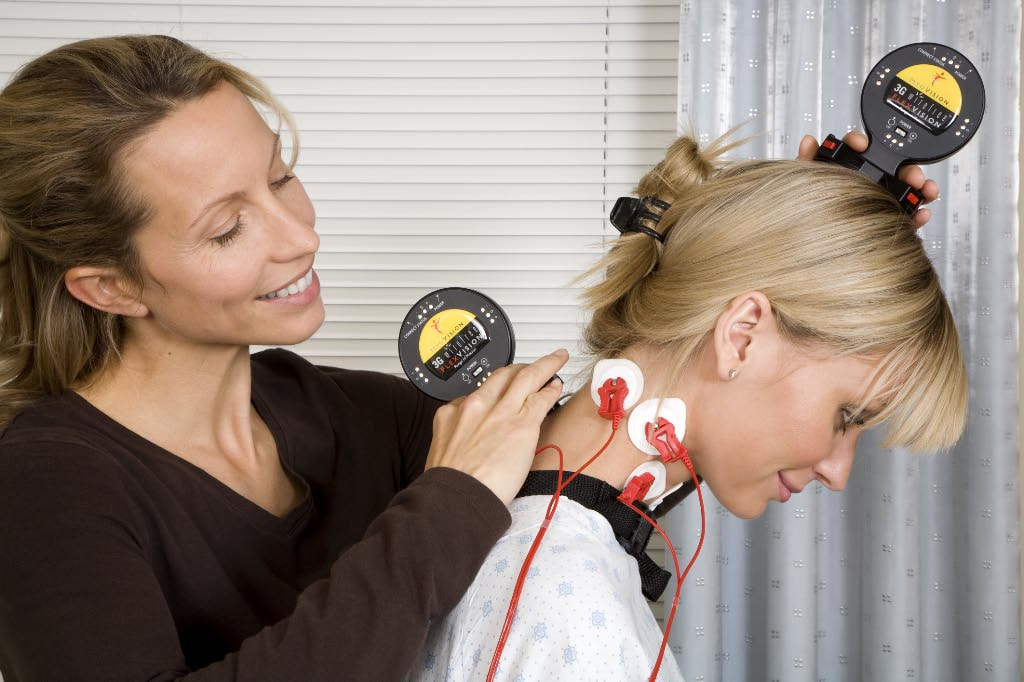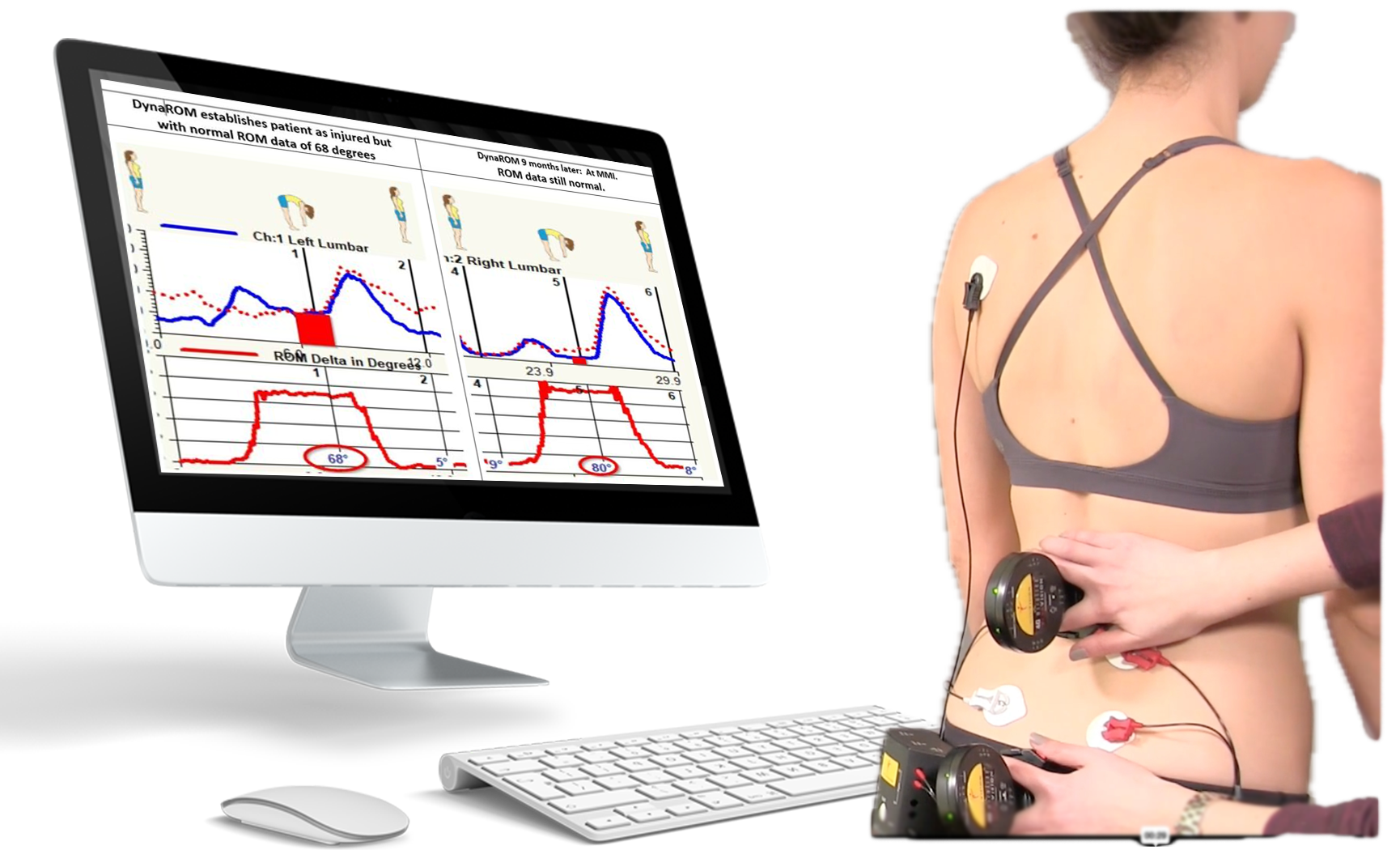When a patient walks into your practice after a car accident, their neck might feel stiff, their movements limited. Over time, their range of motion may improve—sometimes even returning to pre-injury levels. But what about the pain that lingers? That subtle tension they can’t shake? This is where muscle guarding comes in, a often-overlooked sign of permanent injury that standard tests miss. At Clear DMX, our DynaROM (Dynamic Range of Motion) test shines a spotlight on this critical factor, delivering hard data that can transform personal injury claims and patient care.
Muscle Guarding: The Hidden Culprit
Muscle guarding is the body’s protective response to injury—a tightening of muscles around a damaged area to prevent further harm. In soft tissue injuries like whiplash, it shows up as stiffness or resistance during movement, even if the patient doesn’t consciously notice it. While range of motion might normalize with treatment, muscle guarding can persist, locking in pain and dysfunction long after the accident. This isn’t just discomfort—it’s a measurable sign of lasting damage, and DynaROM is built to catch it.
DynaROM and the AMA Guidelines
The American Medical Association (AMA) Guidelines to the Evaluation of Permanent Impairment recognize muscle guarding as a key indicator of whole body impairment, especially in the spine. DynaROM takes this a step further by quantifying it with precision. Unlike static range of motion tests, DynaROM measures how muscles behave during active movement—tracking resistance, guarding, and limitations in real time. It produces objective graphs and data points that align directly with AMA standards, making it a gold standard for assessing permanent impairment. For a patient whose range of motion looks “normal” on paper but whose muscle guarding tells a different story, this test bridges the gap between perception and reality.
When Range of Motion Isn’t Enough
Here’s the catch: a patient might regain full range of motion, bending and turning their neck like they did before the injury. But if muscle guarding remains, that recovery is incomplete. Studies show that soft tissue injuries—especially from whiplash—can leave behind microscopic damage in muscles and ligaments, triggering chronic guarding as the body compensates. This isn’t just a minor annoyance; it’s a daily burden that can limit work, sleep, and quality of life. DynaROM reveals this hidden permanence, proving that “back to normal” isn’t always the full picture.
Boosting Personal Injury Claims
For personal injury attorneys, DynaROM is a game-changer. Insurance companies often downplay claims when range of motion appears restored, arguing the injury isn’t severe or permanent. But when DynaROM data shows persistent muscle guarding—backed by AMA-aligned metrics—it’s a different story. This objective evidence strengthens the case for higher settlements by:
- Demonstrating Permanence: Muscle guarding as a chronic condition justifies long-term compensation, not just short-term fixes.
- Quantifying Pain: The test ties physical findings to the patient’s lived experience, making their suffering undeniable.
- Countering Skepticism: Hard numbers silence debates about “subjective” complaints, giving attorneys leverage against lowball offers.
A DynaROM report from Clear DMX doesn’t just help win cases—it helps ensure patients get the financial support they deserve for injuries that won’t fully heal.
Why DynaROM Matters for Soft Tissue Injuries
Soft tissue injuries are tricky. They don’t always show up on X-rays or MRIs, and their long-term effects—like muscle guarding—can fly under the radar without the right tools. DynaROM fills this gap by focusing on function, not just structure. It’s especially vital for whiplash cases, where rapid neck motion can tear muscles and ligaments in ways that heal unevenly. Add in factors like delayed symptoms or pre-existing wear, and the need for precise, dynamic testing becomes clear. With DynaROM, we can pinpoint the injury’s true impact, while attorneys gain a compelling narrative for their clients’ struggles.
Clear DMX: Your DynaROM Advantage
At Clear DMX, we make DynaROM accessible without burdening your practice. Refer your patients to us, and we’ll handle the testing, delivering detailed, AMA-compliant reports written for everyone—patients, adjusters, and attorneys. Our process explains the test, its purpose, and the results in plain language, ensuring no one misses the significance of muscle guarding. Paired with our DMX testing for structural damage, it’s a one-two punch for uncovering the full scope of soft tissue injuries.
Take Action Today
Muscle guarding isn’t just a symptom—it’s proof of permanence that standard tests overlook. With DynaROM, you can give your patients the diagnosis they need and your attorney partners the evidence they crave. Ready to elevate your personal injury cases? Contact Clear DMX to start referring patients for DynaROM testing and see how it transforms outcomes—for your practice and your clients.









